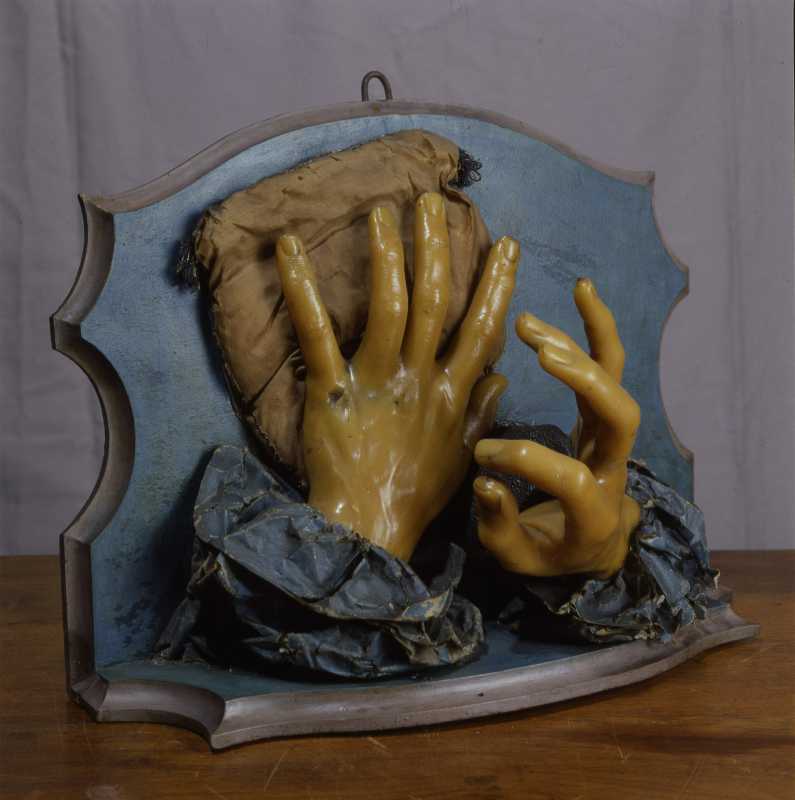A Self-Portrait With Brains: Anna Morandi Manzolini
she blinded me with science

These days, there are numerous ways for medical students to get acquainted with the human body on a, shall we say, “professionally intimate” level, but back in the 1750s we’d been thinking of medicine as a science (and of well, science) for only about one hundred years. Bacteria had been first observed only eighty years before and veterinary medicine wouldn’t become separate from human medicine for another decade. People studying the techniques of contemporary medicine needed learning tools that didn’t rot after a few days, and they couldn’t very well pop down to the university shop or call up the lab supplier for a plasticine model.
Fortunately, there was Anna Morandi Manzolini, whose artistry and accuracy with wax modeling “made her widely known as a leader in the field, and brought powerful supporters, including the Royal Society of London, Doge Moccenigo of Venice, and Holy Roman Emperor Joseph II.”
Wax models were the Bodies: The Exposition of the era: perhaps a bit gruesome, but ultimately invaluable educational when done accurately. Here’s Manzolini’s self portrait, depicting herself dissecting a human brain, which, in order to gain the knowledge she needed to make her models in the first place, is probably something she’d done more than a few times.

Much like Madame Tussaud, Manzolini learned her craft from a man in her life, in this case her husband, who she taught anatomy lessons with out of their home (in Tussaud’s case, it was her mother’s employer). Her husband was prone to bouts of melancholy that dug into his work schedule, and so she learned the art herself to make his quotas and keep his name in the business intact. She was asked to teach at the University of Milan, the Academy of London, and to exhibit her work at the court of Catherine II of Russia.
Unlike Tussaud, Manzolini never went wholly artistic with her work. Which is not to say that her models aren’t eerily beautiful or don’t betray a clear sense of aesthetic choice, but simply that her fame came primarily from their accuracy and usefulness. Researcher Rebecca Messbarger, unearthed Manzolini’s “intellectual trajectory from provincial artist to internationally renowned anatomical wax modeler for the University of Bologna’s famous medical school” in her book The Lady Anatomist.
Manzolini’s husband was a professor at the University of Bologna, but when he fell ill with tuberculosis she obtained rare permission to lecture in his place. When he died she became Professor of Anatomy in his stead, a nearly impossible achievement for a woman of her time.
Messbarger is lecturing on Manzolini in New York a week from now, which is how we found out about the whole story in the first place.
Have a tip we should know? [email protected]
